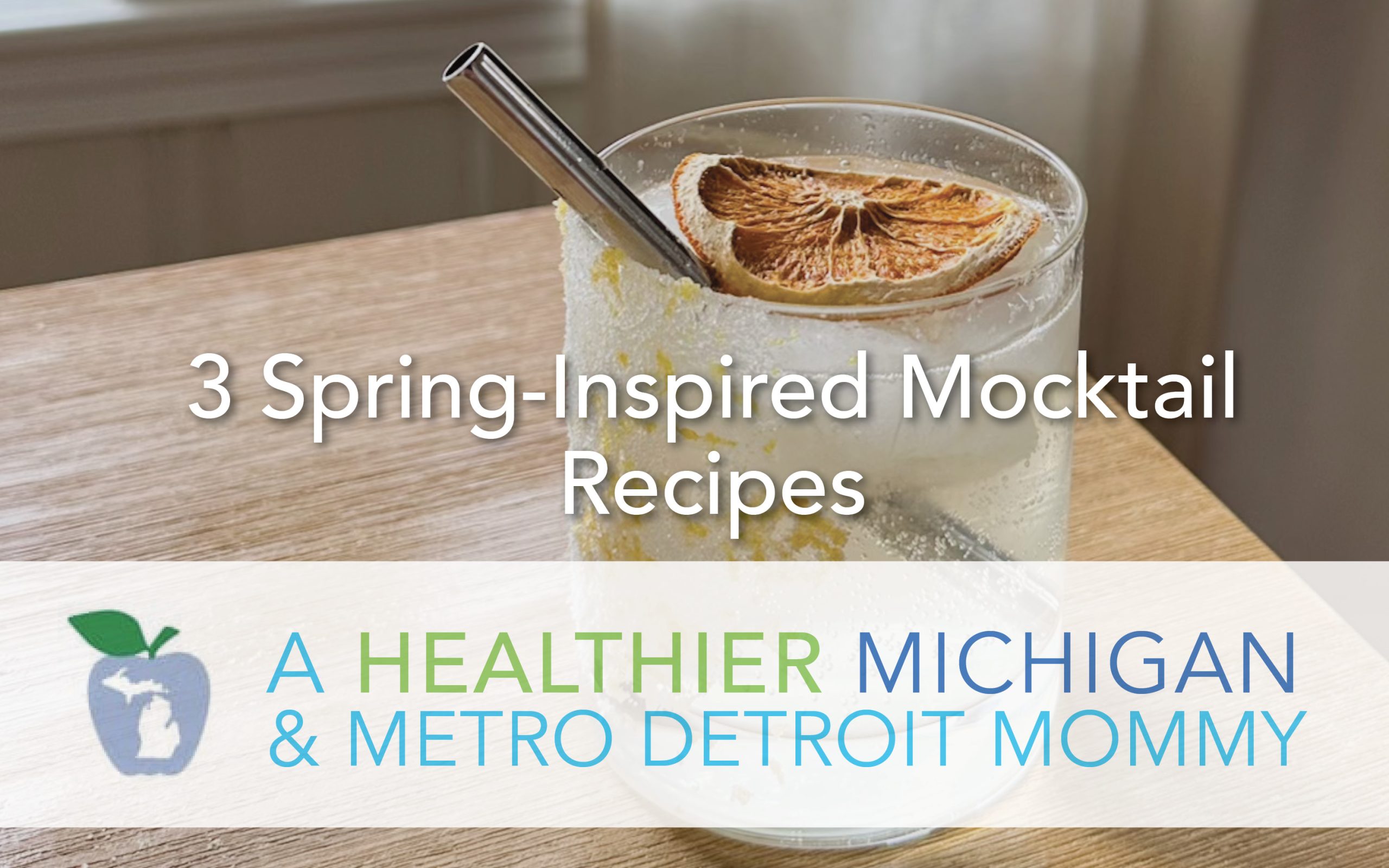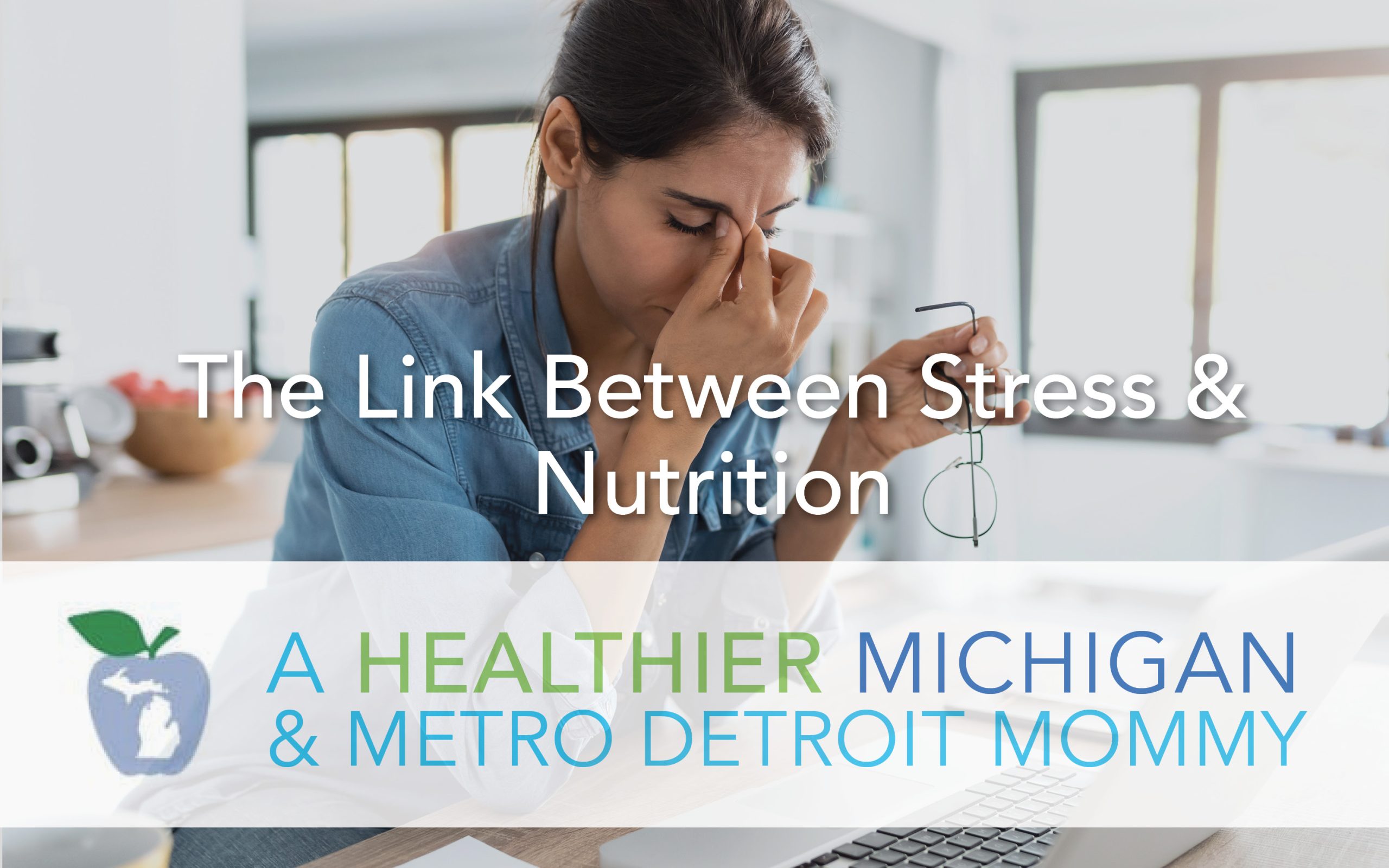
The American Academy of Pediatrics (AAP) recommends exclusively breastfeeding infants for the first six months of their life. The AAP recently updated their guidelines in 2022 to recommend supporting parents who choose to breastfeed their children up until two years of age.
There are numerous benefits to breastfeeding an infant for both mom and baby, but it can be a complicated process, especially in the sleep-deprived moments of the newborn baby’s first days and weeks of life. The more expecting mothers can educate themselves about breastfeeding challenges and how to address them, the better prepared they will be to handle the unexpected moments.
Benefits
The benefits of breastfeeding are well-documented. In most cases, a mother’s milk supply will be based on the demand of the baby.
Breastmilk provides all the nutritive needs an infant requires – with additional perks for the baby including:
- Improved health early on – it is linked to reduced rates of lower respiratory tract infections, severe diarrhea, ear infections and obesity
- Encourages the growth of good bacteria in the baby’s gut
- Lowers the risk of sudden infant death syndrome
- Protects babies from disease – it contains antibodies to viruses and bacteria in their immediate environment
Breastfeeding can also benefit the mother. Long-term breastfeeding – beyond one year and up to two years – is associated with protections against:
- Breast cancer
- Diabetes
- High blood pressure
- Ovarian cancer
Supplies to stock at home
Breastfeeding doesn’t require a lot of supplies, but it is helpful to have some of the following items available to help ease the experience:
- Breast pump and accessories
- Nursing bras or tops that allow for easy access
- Nursing pads to collect leaks
- Nursing pillows or small pillows to help support baby
- Purified lanolin cream or other baby-safe cream for sore nipples
- Water bottle and healthy snacks
Newborns can breastfeed as many as eight to 12 times in a 24-hour period, so find a comfortable spot in the home to set up a breastfeeding station with supplies.
For the mother, producing breastmilk takes a lot of physical energy. Having water bottles available throughout the home, as well as a stash of snacks near comfortable spaces where you plan to breastfeed, can help ensure mothers get the nutrition they need to support themselves.
Many health insurance companies will help cover the cost of a breast pump or provide one on loan. Breast pumps can help mothers increase their milk supply, collect breast milk when mothers are separated from their babies or provide breast milk to babies when direct breastfeeding is difficult.
Troubleshooting common issues
For some mothers and babies, breastfeeding can be a breeze. For others, it can be stressful.
Here are some common issues:
- Clogged ducts. A clogged duct may feel like a painful, hard lump in a localized spot.
- Engorgement. Having too much milk can lead to painful breast engorgement.
- Latching. If the baby does not fully latch on, it can cause multiple issues – including the baby sucking in more air than milk, which can lead to gassiness and a fussy baby. A poor latch can also leave the baby hungry for more.
- Low milk supply.
- Mastitis. This is a breast infection that can come on suddenly and may include flu-like symptoms include fever, chills and body aches.
- Pain and soreness. Cracked, sore nipples can make breastfeeding an incredibly painful experience.
Help is available for mothers experiencing trouble breastfeeding. Mothers should contact a health care provider for treatment if they are experiencing a clogged duct or mastitis.
Lactation consultants can provide coaching sessions to help with issues like latching and engorgement. Mothers can find a lactation consultant through their birthing hospital or ask the baby’s pediatrician for help. The La Leche League is a nonprofit that hosts support groups across the country for breastfeeding mothers.
While breastfeeding has many proven benefits, it is just one way to feed a baby. Breastfeeding may prove to be difficult or not possible for some moms, and may not achieve the desired outcome of keeping baby fed and growing. Talk to the baby’s pediatrician to determine a strategy of feeding the baby that works for both mom and baby.
Remember, fed is best. That could mean pumping breastmilk and feeding it through a bottle, supplementing breastfeeding with formula, or switching to formula exclusively. It can also mean exclusively breastfeeding; breastfeeding in public places and/or pumping breastmilk at work. It’s important for mothers to feel empowered to make decisions that best support the needs of themselves and their babies.
Patricia Ferguson, M.D., is a medical director at Senior Health Services, Emergent Holdings. Emergent Holdings is a separate entity contracted by Blue Cross Blue Shield of Michigan to perform administrative services for Blue Cross’ Medicare Advantage program. For more health tips and information, visit AHealthierMichigan.org.
Our mission is to help everyone in Michigan get healthier from the inside out. This means everything from giving you resources to help you make better decisions about diet and exercise, as well as information on creating and sustaining nurturing communities and successful businesses — everything you need to help create a healthier Michigan.








